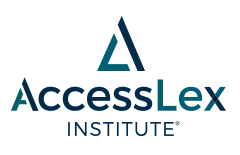
Grantee Research
A Five-Year Retroactive Analysis of Cut Score Impact: California’s Proposed Supervised Provisional License Program
Document Type
Issue/Research Brief/Blog
Publication Date
10-2020
Keywords
minimum competence, cut scores, lawyer demographics
Abstract
A five-year cohort of 39,737 examinees who sat for the California Bar Exam (“CBX”) between 2014-18 was analyzed using a simulation model based on actual exam results to evaluate how the minimum passing scores (“cut score”) of 1440, 1390, 1350, 1330, and 1300, if used as qualifying scores for a provisional licensing program, would affect the number of previous examinees, by race and ethnicity, who would qualify to participate within retroactive groupings of five-year, four-year, three-year, two-year, and one-year examinee cohorts.
The result of the simulation models indicated that selecting a qualifying score lower than the current California cut score of 1390 will significantly increase both the overall number of eligible participants and the diversity of the group eligible to participate in the proposed alternate licensing program.
This study follows an initial study of 85,727 examinees of the CBX from 2009-18 titled, Examining the California Cut Score: An Empirical Analysis of Minimum Competency, Public Protection, Disparate Impact, and National Standards that determined maintaining a high cut score does not result in greater public protection as measured by disciplinary statistics, but does result in excluding minorities from admission to the bar and the practice of law at rates disproportionately higher than Whites.
Five-Year Retroactive Analysis of Cut Score Impact





Comments
Related research:
Mitchel L. Winick et al., Examining the California Cut Score: An Empirical Analysis of Minimum Competency, Public Protection, Disparate Impact, and National Standards (2020), https://arc.accesslex.org/grantee/56/